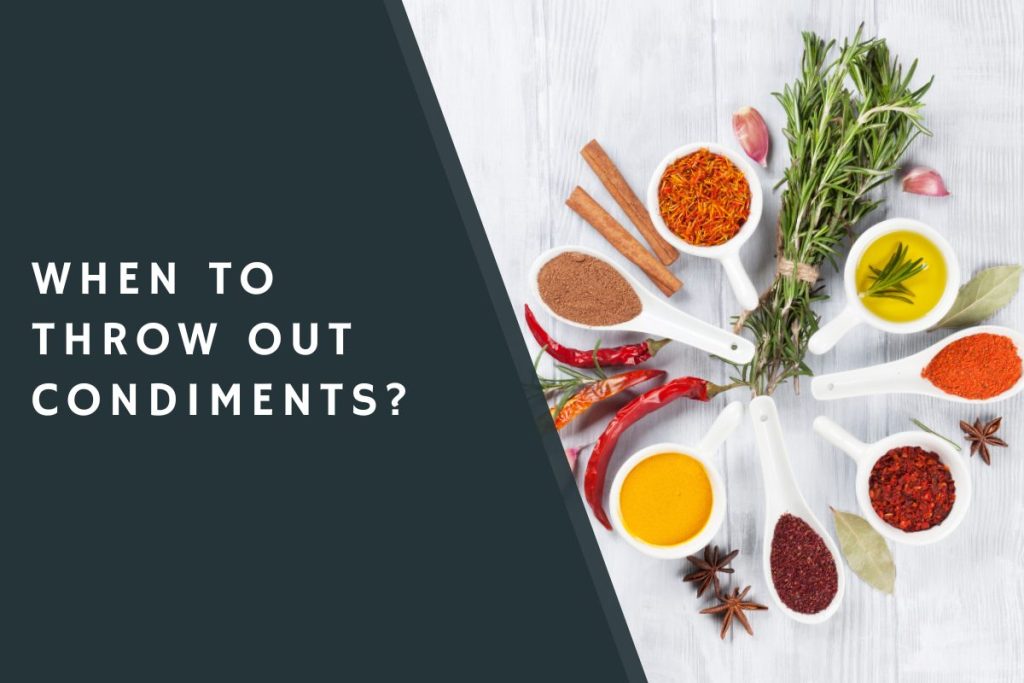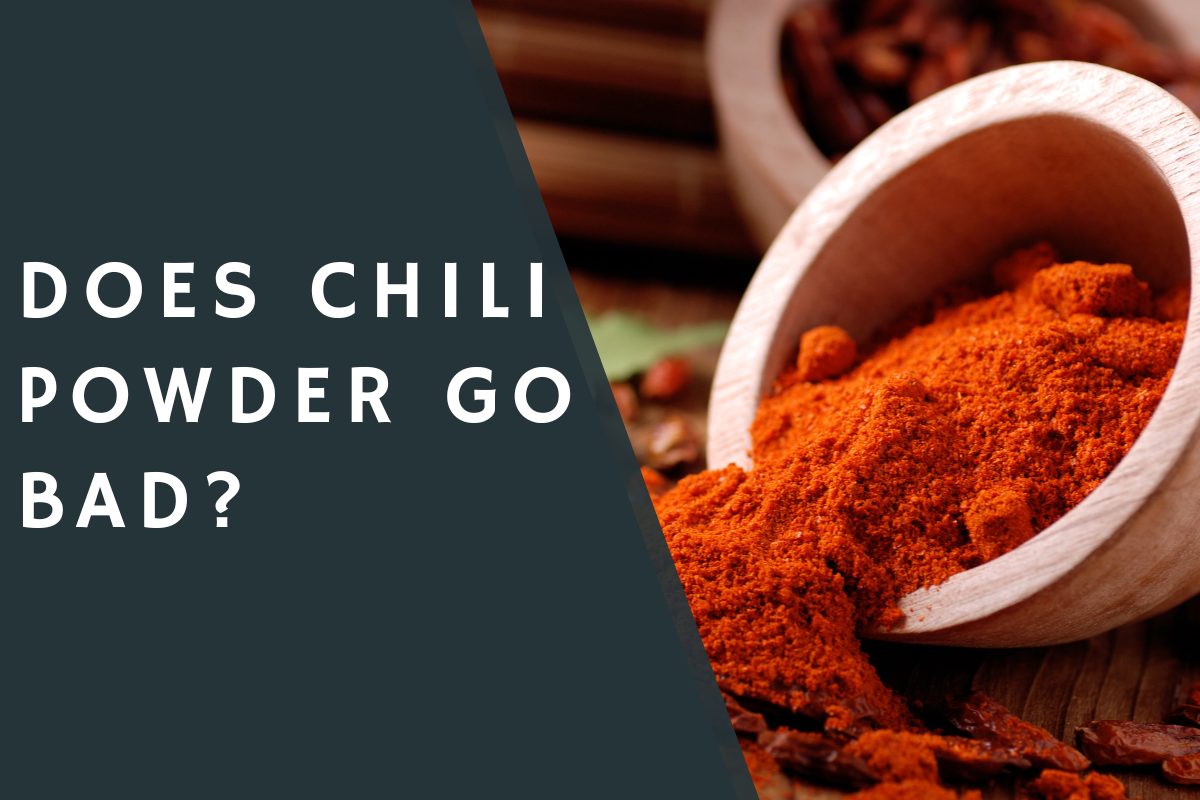How long do you keep that ketchup bottle in your fridge? Or that jar of mayonnaise? We’ve all gone through the same dilemma when deciding if we should keep or throw out our condiments.
But how do you know when it’s time to say goodbye? What are the signs that tell us it’s time to toss our beloved condiments?
When to Throw Out Condiments?
Most condiments should be kept refrigerated, but if you see mold or anything else that looks questionable, throw them out. Also, avoid keeping opened jars of ketchup and mustard for long periods of time, as they tend to deteriorate more quickly when left out at room temperature.
Let’s take a look at when you should throw out condiments and why.

See Also: What Condiment Goes with Sweet Potato Fries?
When to Throw Out Condiments? – Guide
Condiments can add flavor and variety to your meals, but it’s important to know when to toss them out to ensure food safety and prevent spoilage.
Here are some guidelines to follow when it comes to storing and using condiments.
Expiration Dates
One of the most obvious indicators of when to throw out a condiment is the expiration date.
These dates are determined by the manufacturer and indicate the point at which the product is no longer at its peak quality.
While it’s generally safe to consume most condiments past their expiration date, they may not taste as fresh or have the same texture.
It’s a good idea to write the date you open the condiment on the container so you can keep track of how long it’s been in your refrigerator.
Unopened Shelf-Stable Condiments
Some condiments, like ketchup and mustard, can be stored in the pantry before they are opened.
These products have a longer shelf life because they are processed and preserved to prevent spoilage.
Once opened, these condiments should be transferred to the refrigerator to extend their shelf life. Unopened shelf-stable condiments will usually last for at least a year, if not longer.
Opened Shelf-Stable Condiments
Condiments that are labeled as “shelf-stable” can be stored in the pantry until they are opened, but once opened they should be transferred to the refrigerator to prevent spoilage. These condiments will typically last for several months in the refrigerator.
Homemade Condiments
Homemade condiments, like dressings and sauces, don’t contain preservatives like store-bought versions and will spoil more quickly.
These condiments should be stored in the refrigerator and used within a few days to a week.
If you’re not sure if a homemade condiment is still safe to eat, it’s better to err on the side of caution and throw it out.
Changes in Appearance, Smell, and Taste
Even if a condiment hasn’t reached its expiration date, it’s important to pay attention to any changes in its appearance, smell, and taste.
If a condiment has changed color, developed an off-putting odor, or tastes sour or rancid, it’s time to throw it out.
Condiments that contain dairies, like mayonnaise and sour cream, are particularly prone to spoilage. If these condiments have a sour or rancid smell, they should be discarded immediately.
It’s also a good idea to check the seals on your condiment containers to make sure they are airtight.
If the seal is broken or the container is damaged, it’s best to throw the condiment out to prevent contamination.
Proper Storage
Proper storage is key to extending the shelf life of your condiments. Most condiments should be stored in the refrigerator to prevent spoilage and bacterial growth.
It’s important to keep your refrigerator at the proper temperature (below 40°F) to ensure that your condiments stay fresh.
Avoid placing condiments near the door of the refrigerator, as this is the warmest part of the appliance.
Condiments that are stored at room temperature, like ketchup and mustard, should be kept in a cool, dry place away from direct sunlight.
It’s also a good idea to keep these condiments in their original containers to protect them from contamination.
Conclusion
No matter what, it’s important to keep an eye on your condiments! By understanding their shelf life and appearance, you can ensure you’re using the freshest and safest condiments in your meals.
Whether you’ve been using a condiment for years or just opened it, a quick check can help you determine if it’s time to throw it out and start fresh! I hope this blog post is helpful for you in understanding when to throw out condiments.
Read Also: How Long Do Condiments Last?
I am an accomplished tech writer with a passion for simplifying complex technology concepts. With a background in Tech, James has dedicated their career to making the intricacies of the digital world accessible to a broad audience.








